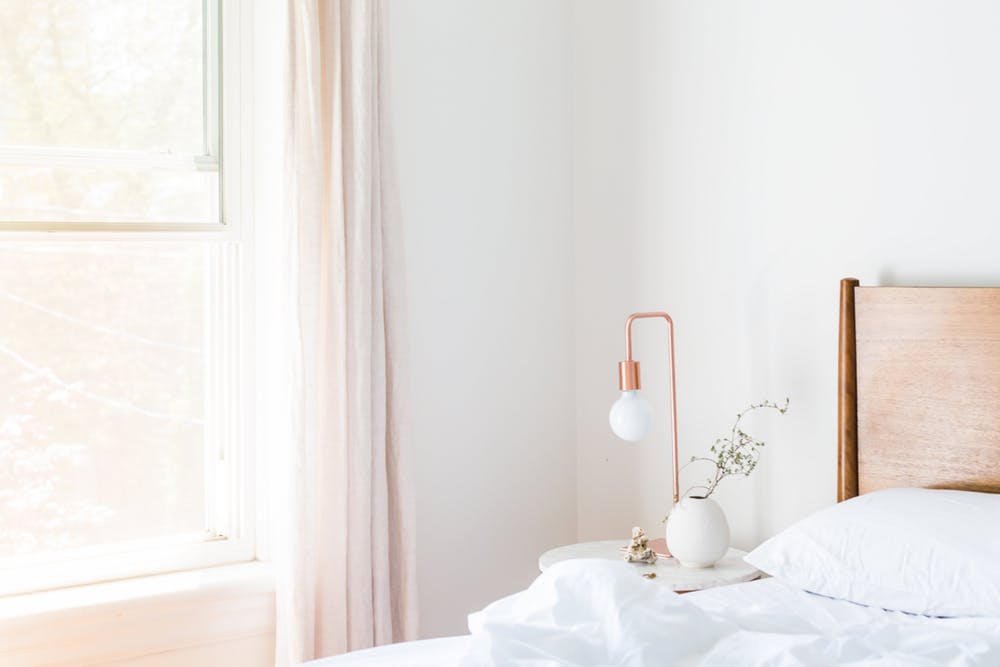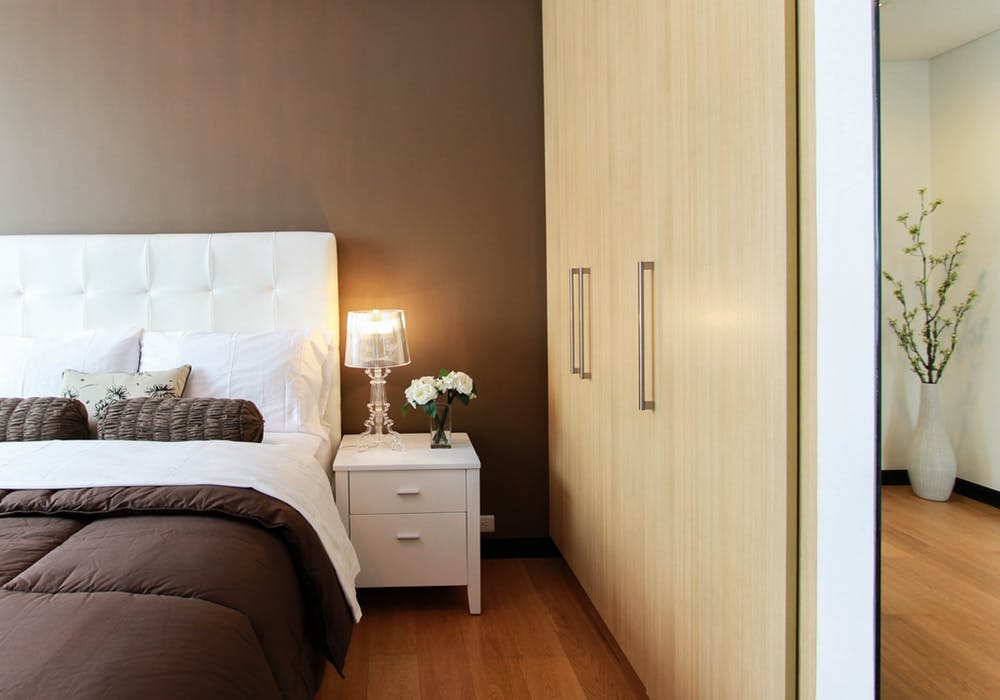How to Add Insulation to an Existing Rental Property
As the seasons change, cracks and gaps will open and close allowing unwanted air to leak into your property. Luckily, there are multiple techniques available for you to boost insulation in your property

Air sealing your property is one of the most cost effective ways to increase energy efficiency. As the seasons change, cracks and gaps will open and close allowing unwanted air to leak into your property. Prioritize inspecting and updating your insulation and avoid extra costs during the extreme weather seasons by sealing any poor insulation in your rental complex. There are multiple techniques available for you to implement within your property’s interior and exterior.
Exterior Insulation
- Doors: Weather-proof your doors with caulk and seal around doors and door panels. If you manage an old building its likely you have single pane windows and old or missing caulk.
- Windows: Windows are one of the highest sources of air leaks within a building. Insulate around the frames with a low expanding foam insulation, caulk at frame and drywall/trim intersection. If you have the budget, upgrade your windows to double-pane windows for optimal, long-lasting insulation.
- Wall Penetrations: Caulk around the perimeter of all exterior wall penetrations (pipes, vents, exhausts, air intakes, etc).
- Trim: To further limit air leakage, caulk around the perimeter of trim, and trim/siding intersections.

Interior Insulation
- Doors: Re-caulk at frame & drywall/trim intersection, install weather stripping if needed, and add weather stripping to attic access panels. Draft snakes are also another complementary solution to stop drafts from coming in at the bottom of your door.
- Windows: Caulking any cracks and gaps around your window from the inside of your property is one of the best ways to improve the insulating quality of your windows. In addition, sturdy drapes like velvet or thermal are a great way to keep air from leaking in and out of your apartment unit. More than just window decor, heavy curtains can help control off drafts coming in from the window and help reduce heat loss/gain.
- Outlets & Switches: If you can feel air coming through an outlet or switch plate when you place your hand over the area, then you should consider insulating your outlets and switches. Foam around perimeter of electrical box with low expanding foam, and install gaskets behind electrical plates.
- Pipes & Ductwork: Within your property, caulk wall penetrations, wrap hot and cold water pipes with insulation, tape all duct joints and seams, and insulate ducts in any unconditioned spaces.
- Basements & Crawl Spaces: Improve the insulation within your rental property with caulk or foam at the foundation wall & rim joist intersection and seal any cracks or joints in the foundation walls.
- Floors: During the winter, units can lose about 10% of their heat due to uninsulated floorboards. In older buildings, hardwood floors lack insulation and allow heat to leak out. To combat, recommend tenants use rugs to maintain a warmer living space during the winter season.

The insulation process should be fairly easy as long as you know what areas to attack. Most of these exterior and interior sealing updates will quickly pay for themselves in energy savings over the course of the season. Air sealing your property will reduce your energy bills, increase the air quality of your home and decrease the maintenance required for associated air leak issues such as mold and rot. Use these tips before the winter and summer seasons to ensure your property is well-insulated for the extreme weather seasons.
If you are unsure about whether or not your property needs sealing or need assistance in handling a re-insulation project, be sure to contact a handyman for a quick and easy inspection of your rental property.

